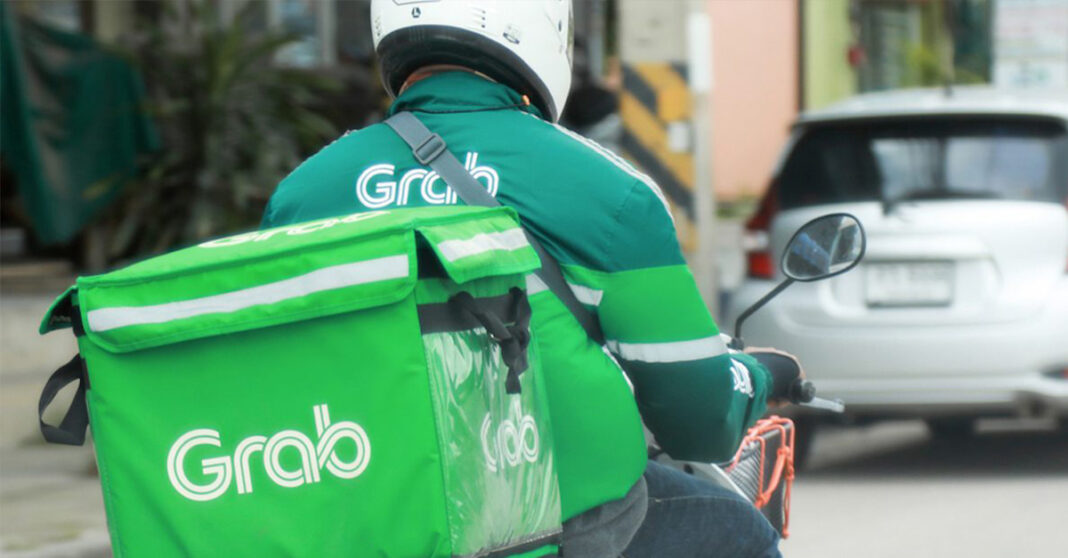The Singapore-based multinational technology company is strengthening its position as the most popular food delivery app in SE Asia, even if the superapp is not growing as fast as before, says a new report.
Available in six of the 10 ASEAN countries of Thailand, Vietnam, Malaysia, Singapore, Indonesia, and the Philippines, Grab is responsible for 54% of the region’s food delivery gross market value in 2022.
Foodpanda came second on the list at 19% and Gojek at 12%, based on estimates by Singapore-based consultancy Momentum Works. The report pointed out that in a year, Grab reached the top position in Malaysia replacing Foodpanda and from ShopeeFood in Vietnam.
“Grab, as a result of the SPAC (special purpose acquisition company) listing, they received a large cash infusion…So, compared to the major players, they probably have the best cash position,” says Jianggan Li, CEO of Momentum Works.
Merging with special purpose acquisition company Altimeter Growth in the US, allowed Grab to hit a market capitalization of about USD 34.6 billion at the close of its first day as a publicly traded entity.
This enabled Grab to get access to a lot of funds to grow as a superapp that offers a host of services from hailing rides to food delivery, financial services, and more.
Food delivery apps also reached a turning point during the Covid-19 pandemic, when lockdowns paved a way for more and more people to get their food delivered as stepping out was not an option.
Nikkei Asia reports, “From 2019 to 2020, the gross market value of the food delivery segment in major ASEAN markets spiked 183%, followed by a 30% growth a year later. Last year, it only expanded by 5%, from a value of USD 15.5 billion to USD 16.3 billion. Indonesia, Thailand, and Singapore recorded declines, the report said.
According to Momentum Works, for the first time in three years, growth in the food delivery market was driven primarily by the region’s smallest players like the Philippines, Malaysia, and Vietnam, as the region started opening up after Covid-19 restrictions.
To survive and thrive in the post-pandemic market businesses like Grab have tried to raise funds to grow and get new customers for market dominance, but their profits have still not been consistent.
The report also highlights that although usually food delivery platforms earn their revenue from merchant commissions and delivery fees, in recent times, they are also looking at earning revenue without commission, through avenues like subscription packages and advertising, to stand out from their competitors.
The report adds, “At the end of the day there will be one or two large platforms that can cover the whole sector. A smaller player will be kept alive by the other parts of the ecosystem — nobody wants to see one player dominant.”



